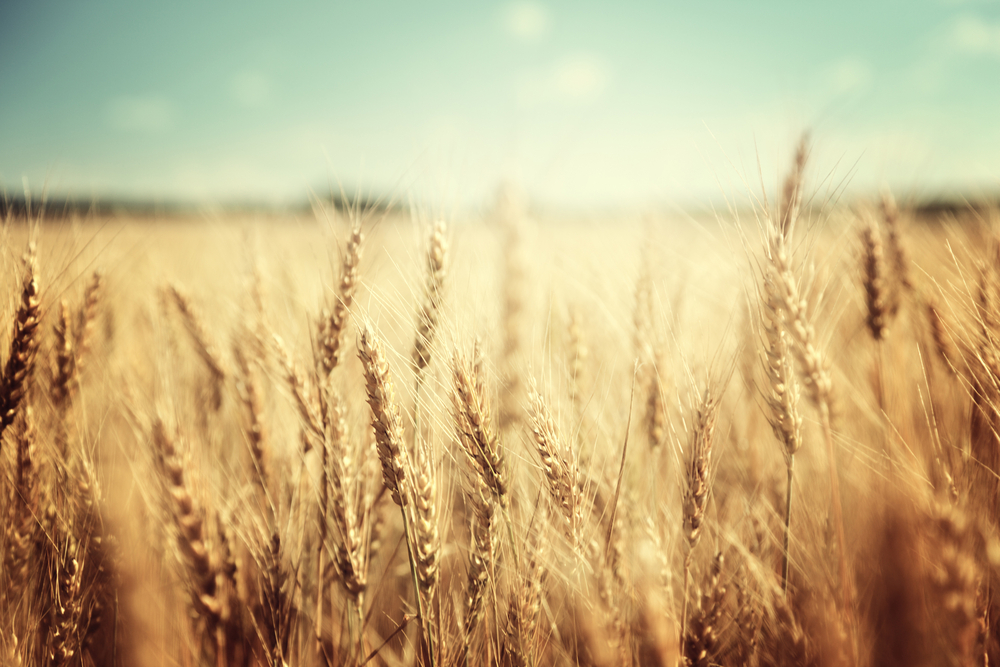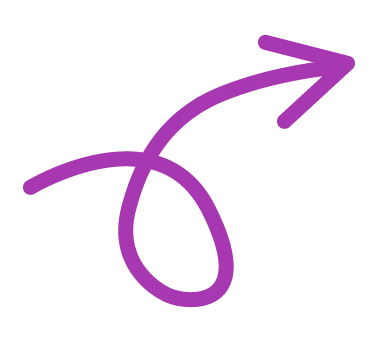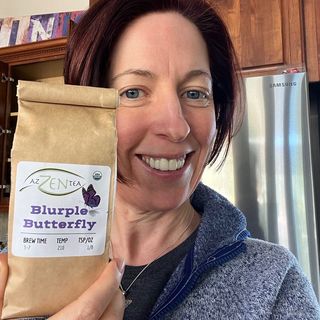Learning that you, or someone you need to feed, has Celiac’s Disease (This is where gluten injures the lining of the small intestine resulting in weight loss, bloating, diarrhea, gas, abdominal cramps, or vitamin and mineral deficiencies.) or an allergy to wheat may make you feel frustrated or limited in your options. Don’t despair! Here are six basic guidelines to follow when creating a gluten-free or wheat-free meal.
1. Focus on the Food Items you Can Use, Rather than on the Ones You Can’t
Going gluten-free or wheat free often leads you to fabulous foods you wouldn’t have tried. Have fun and let your food creativity come out with new items.
There are tons of options available to the gluten-free or wheat-free eater, you just many not be as familiar with them. For example, there are more than 40,000 different varieties of rice throughout the world. Long, medium, and short grains, waxy, arborio, aromatic, and specialty varieties are among the kinds you’ll find in the U.S. Nutritionally all rices are essentially created equal, interchangeable in recipes, and easy to find.
Other great items that are friendly to gluten-free and wheat free eaters are potatoes, yams, milk, cheese, veggies, fruits, nuts, eggs, and meat (though see the list of meat items below to watch out for). Check out the variety of different kinds of lentils, quinoa, and buckwheat, as well.
2. Investigate Alternatives to the Basics
With the growing number of people opting to go gluten-free or wheat-free, many food manufacturers are creating alternatives to the basics. For example, there are lots of gluten-free pastas, gluten-free flours, and gluten-free breads on the market. Test them out until you find ones you enjoy. Don’t get discouraged if the first couple that you try aren’t what you expected. Keep trying them. As the demand gets larger, the quality and quantity of the choices is getting better.
3. Watch Out for Sneaky Gluten and Wheat
Wheat and gluten often show up in common places where you may not expect them. Here are some commonly overlooked gluten hiding spots:
- Soy sauce – contains wheat. You can buy wheat-free soy sauce and it tastes just as good.
- Sauces, dressings, and gravy – wheat flour is often used in sauces, dressings, and gravy so watch out or make your own using ingredients free of gluten.
- Fried items – many fried items are breaded and breading contains wheat and gluten.
- Bread crumbs – Bread crumbs contain wheat and gluten unless specifically marked gluten-free or wheat-free. Many foods contain breadcrumbs such as, eggplant Parmesan, meatballs, meatloaf, and chicken fingers. You can often simply eliminate the breadcrumbs in these recipes or use a gluten-free substitute.
- Beer – Contains wheat and barley. Some manufacturers believe that the brewing process eliminates gluten from the beer, but there’s nothing to officially confirm that belief. So, be careful. Beer is also often used in batters and stews, so be careful there, too.
- Meats -Meat sounds like it would be naturally wheat-free or gluten-free, which makes sense if the meat hasn’t been pre-cooked and pre-packaged. So be careful of the following items: Lunch meats, hotdogs, meatballs, meatloaf, stew (many recipes for stew call for the meat to be sprinkled with flour and seared. And many stews have flour in the broth.)
- Vitamins and pharmaceuticals – Wheat and gluten are sometimes used in medications, vitamins, and in capsules.
- Protein or meal replacements – Watch out for gluten and wheat here too.
4. Oats and Corn – Technically, neither of these items contains wheat or gluten and they should be safe. However, some oats and corn products are processed in plants that manufacture gluten products, and some Celiac’s sufferers are also allergic to oats. So, proceed with caution when using these items.
5. Read Food Labels – Never assume an item is gluten-free or wheat-free until you’ve read the label.
6. Make Healthy Choices – When you have a food allergy or food intolerance, it’s easy to slip into poor eating habits just to avoid the problem causing food item. Choosing food simply because it’s gluten-free or wheat-free isn’t necessarily in your best interest. The substitutes manufacturer make in order to make an item free of gluten aren’t always good for you. Read the label and investigate the items listed before accepting a pre-packaged item as part of your regular diet.










